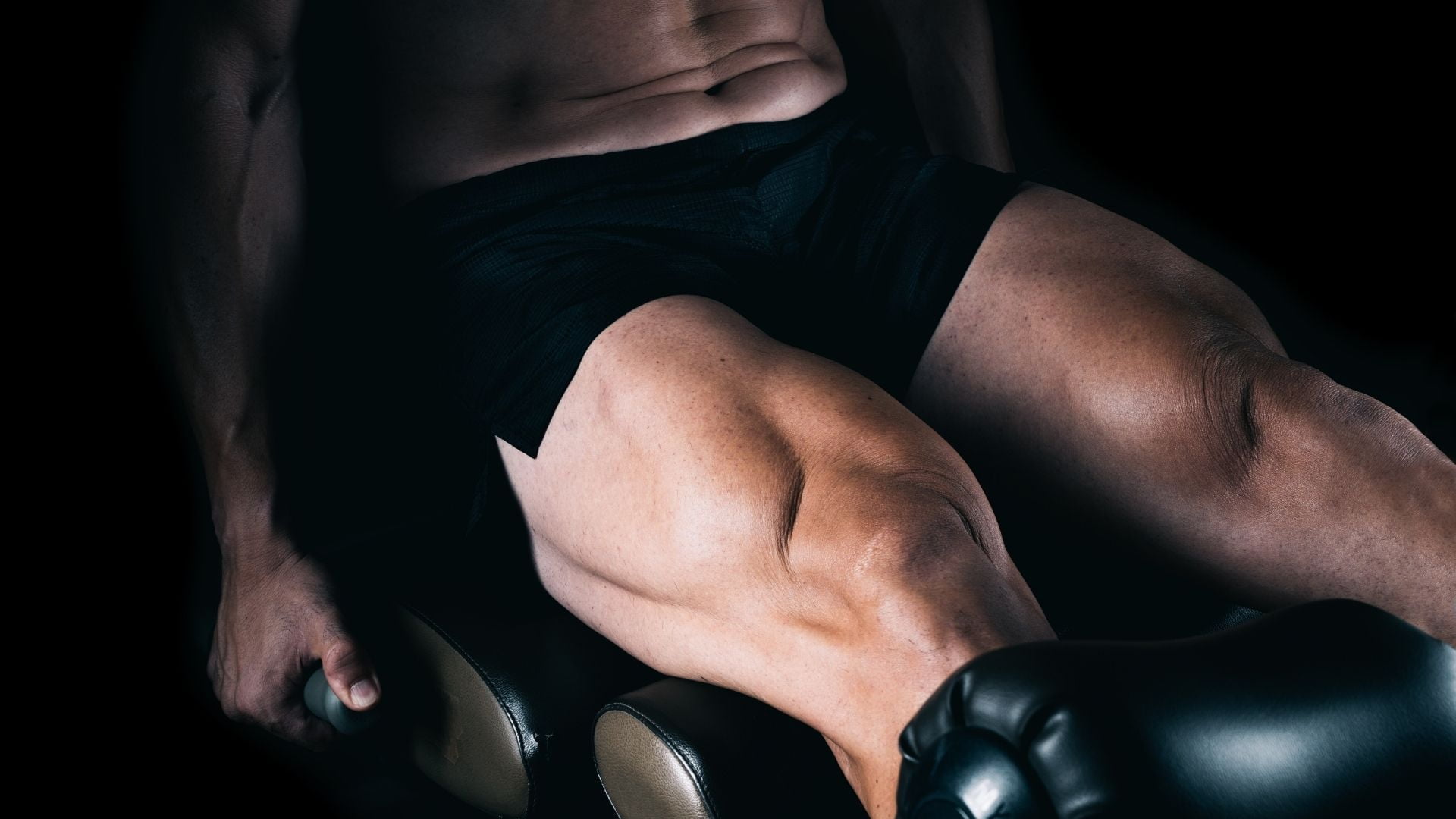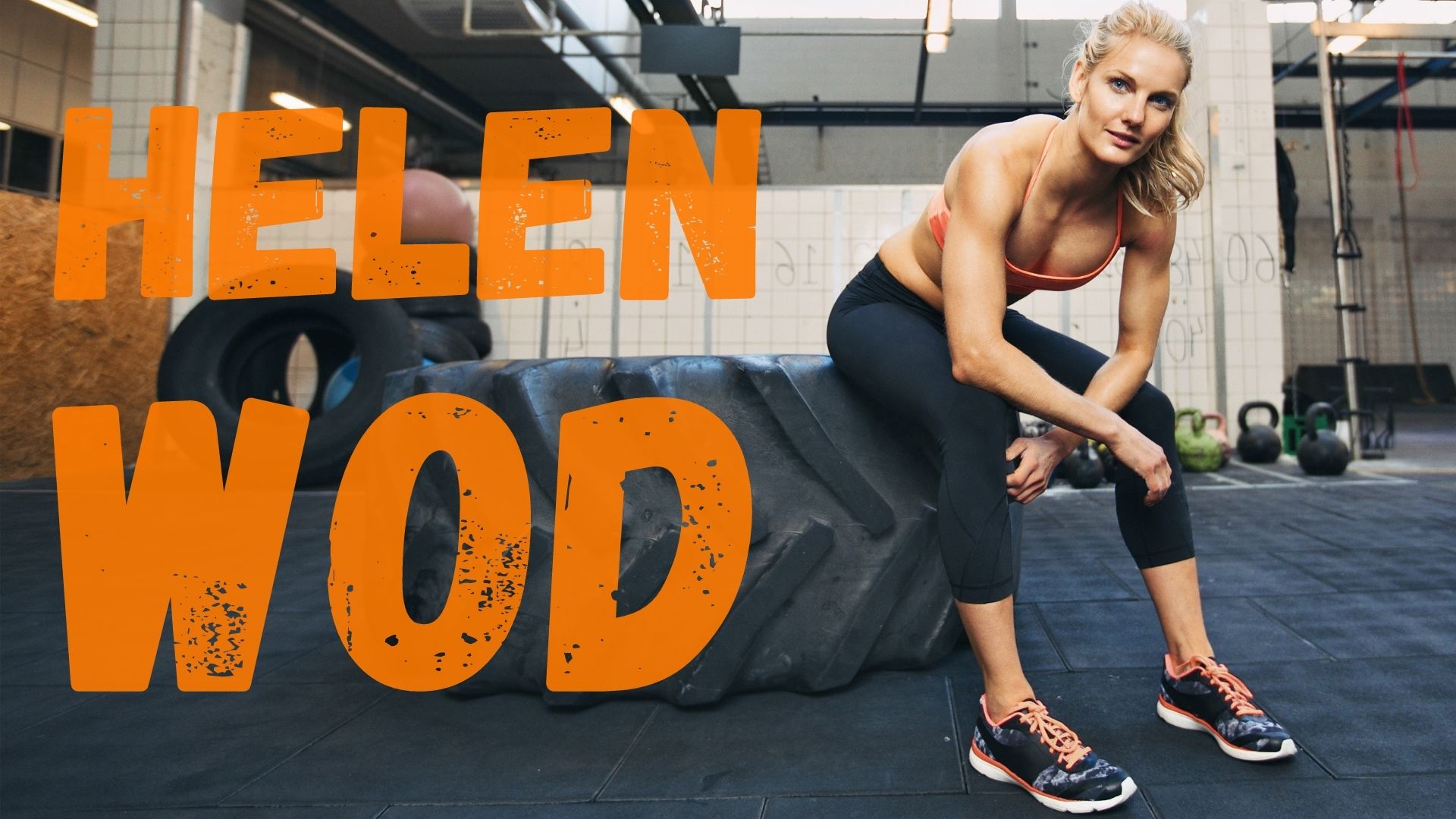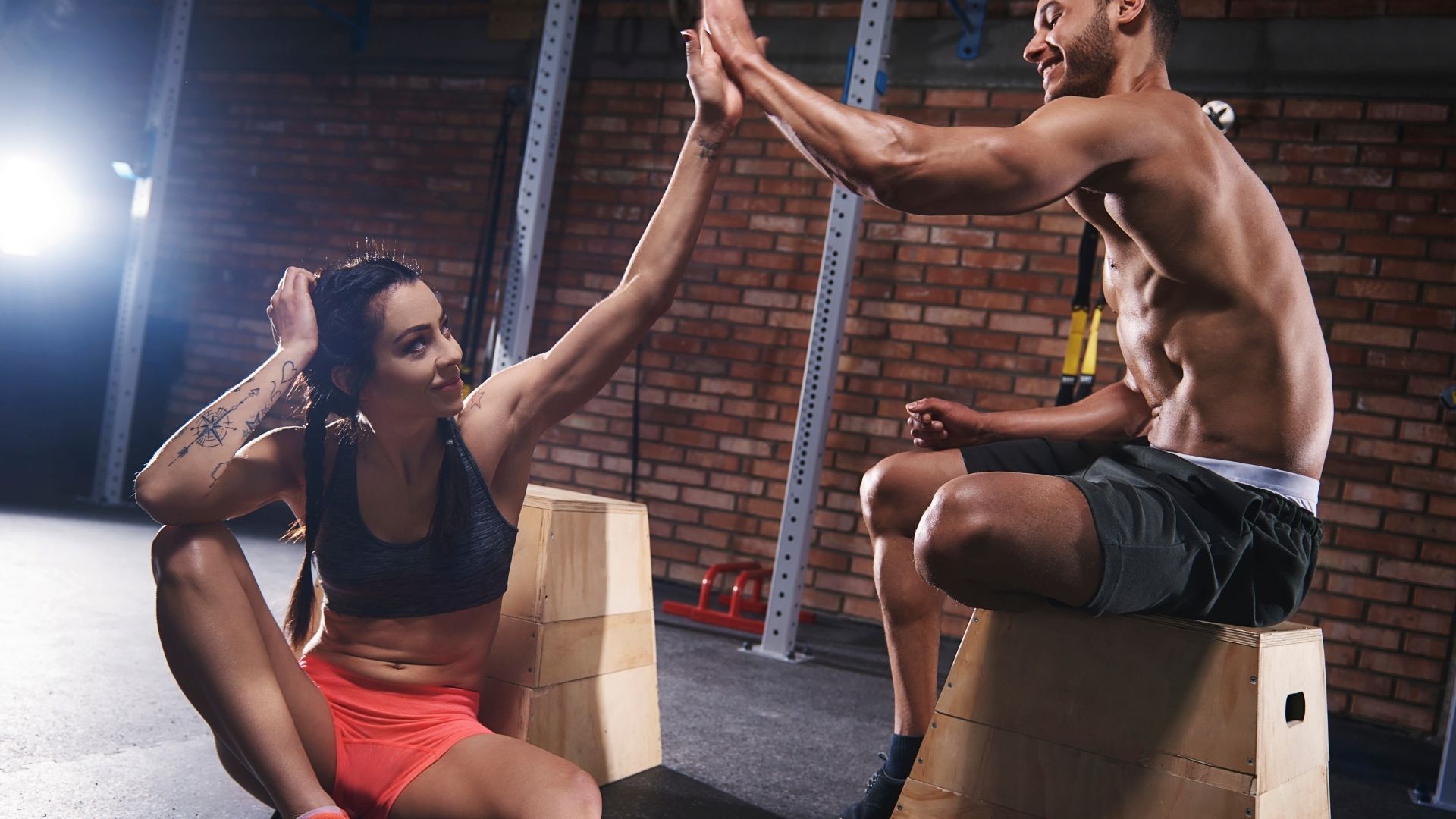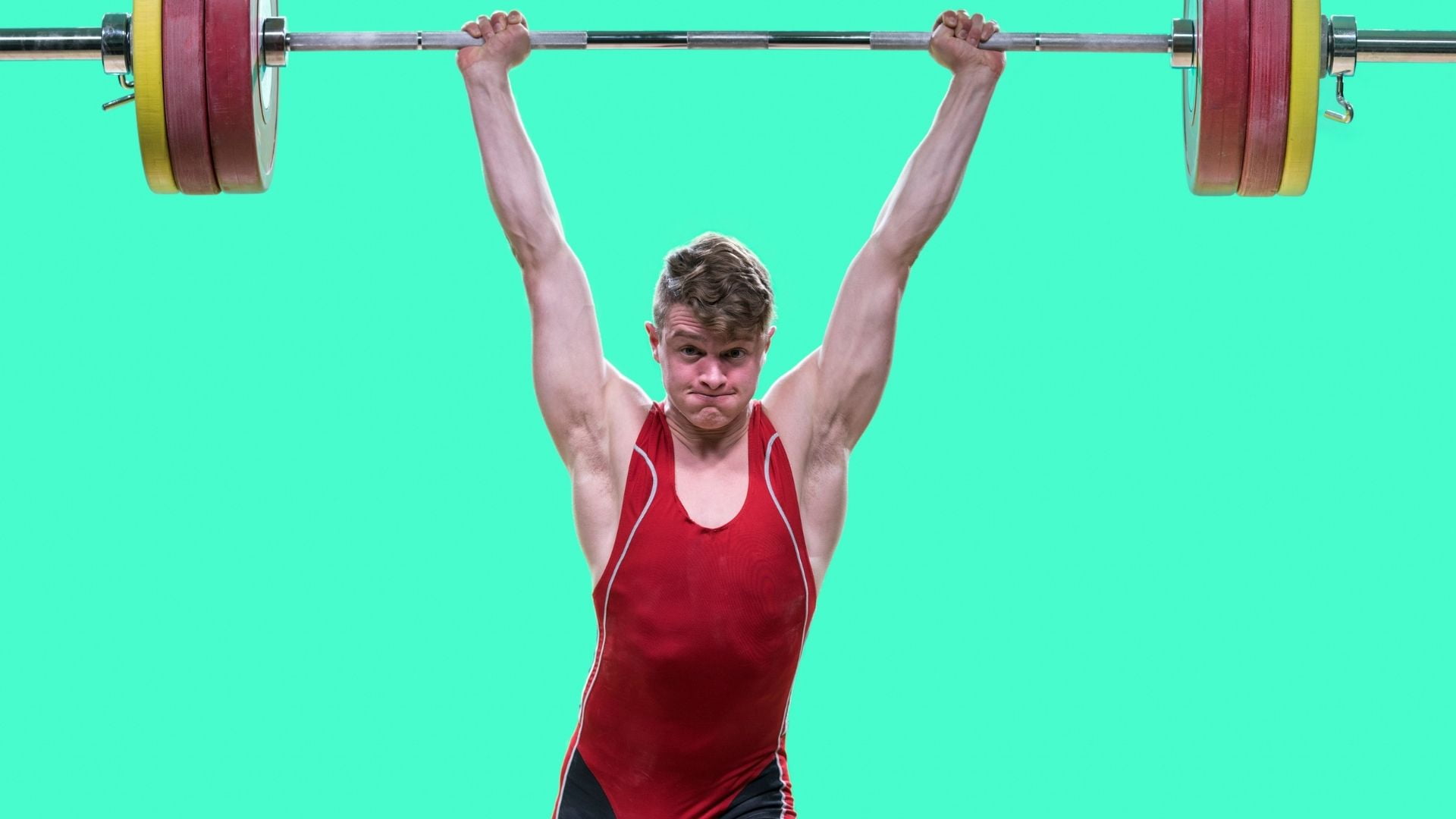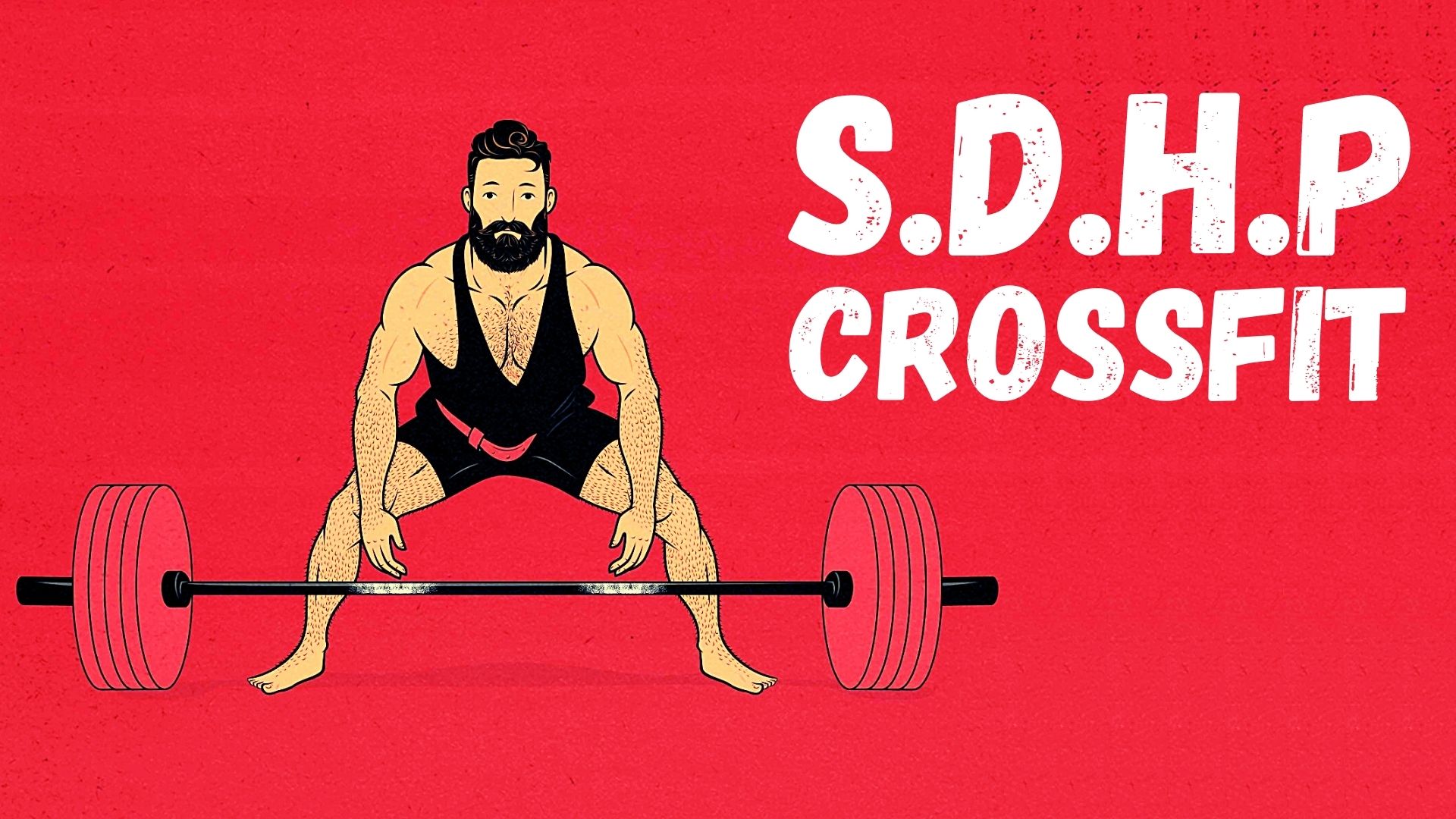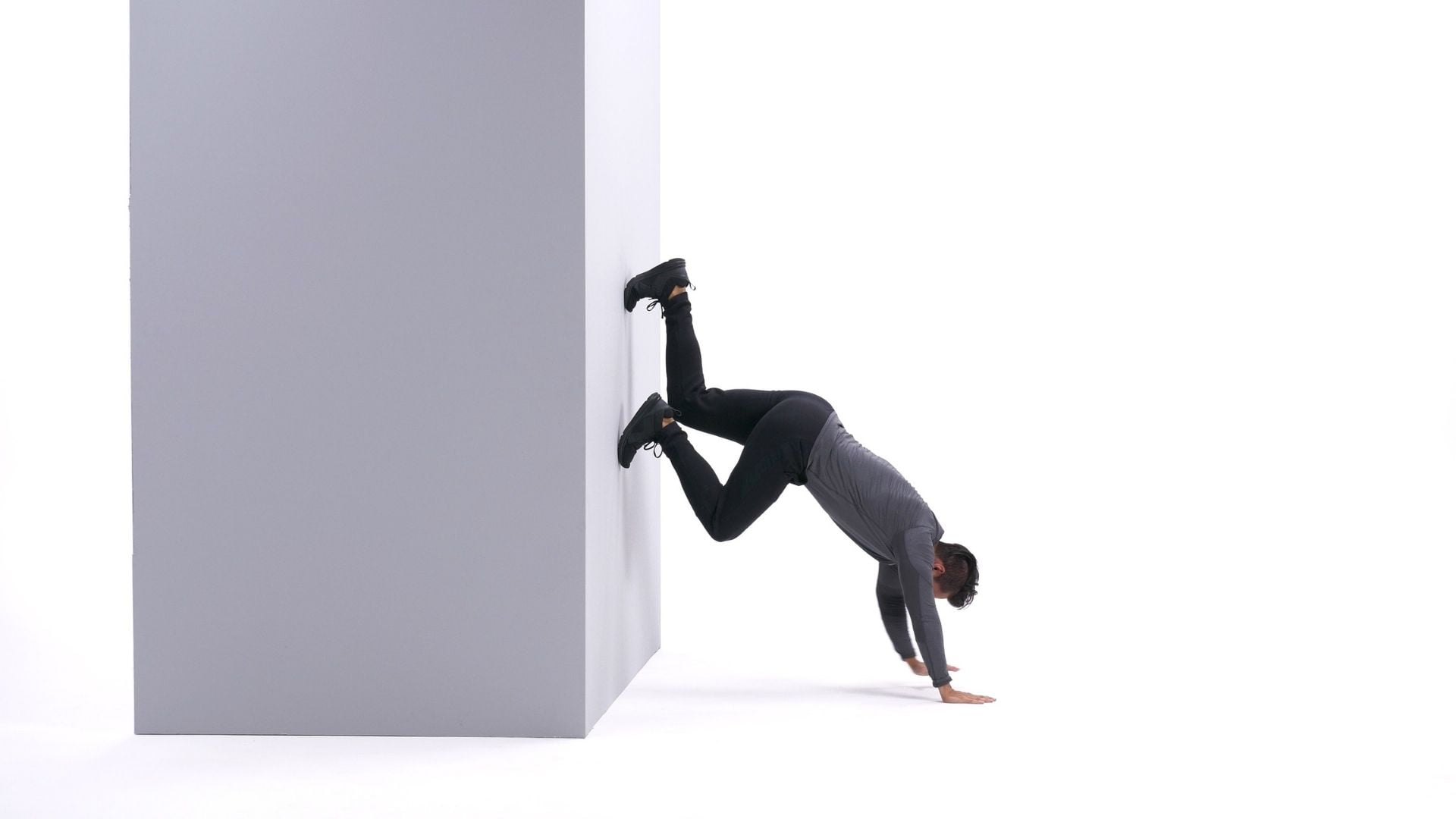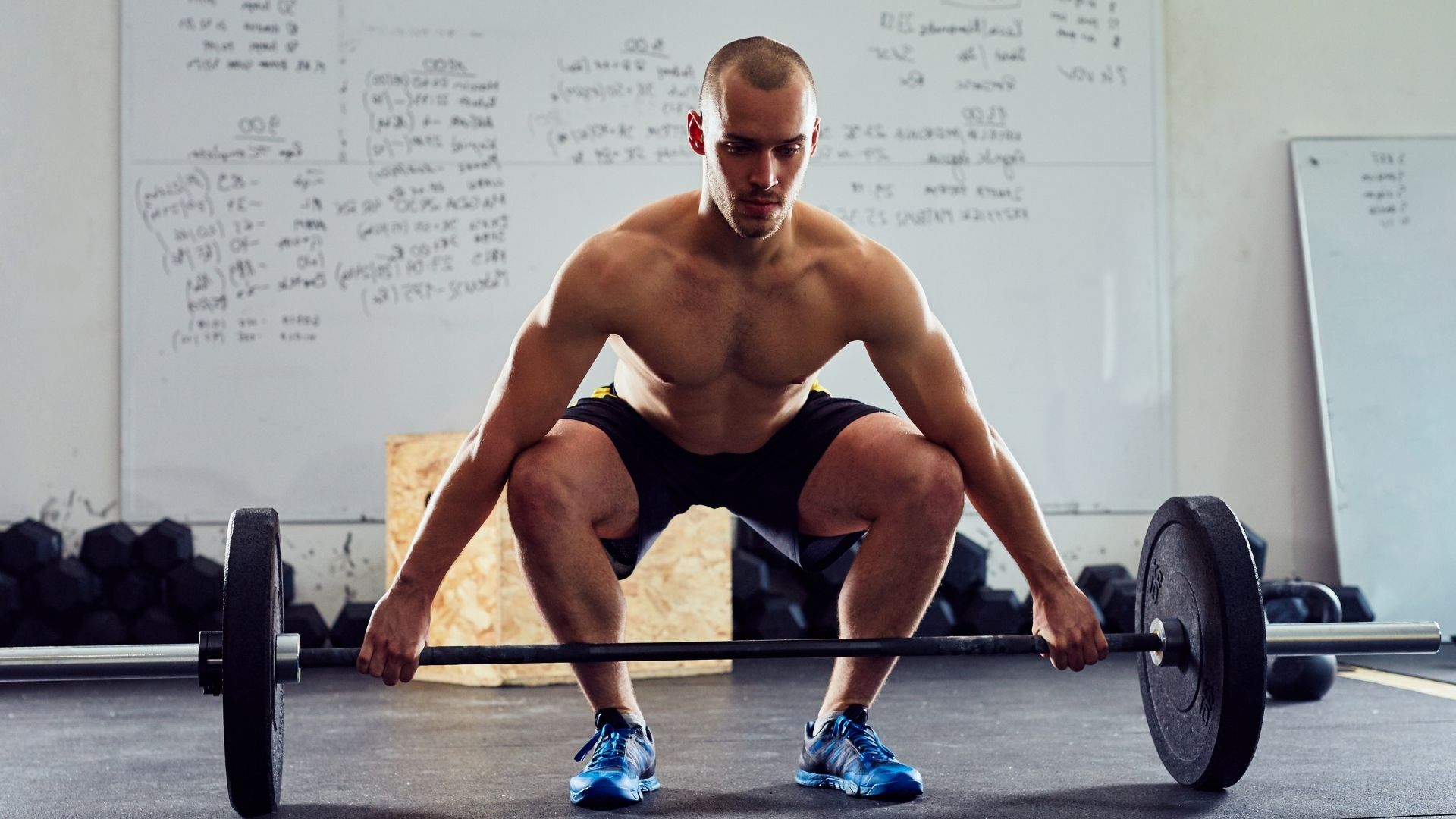
Hang Snatch: The Challenging Olympic Lift You Need to Try
Anyone who wants to build true power should include Olympic lifts in their training regimen. Hang snatch is a common snatch variation among Olympic weightlifters, athletes with great fitness, and athletes from other sports.
Hang snatch has the potential to improve snatch technique, boost explosiveness, and raise the rate of force creation at the hip in all athletes, regardless of athletic ability.
This article will cover all you need to know about the hang snatch and more.
What Exactly Is Hang Snatch?
The hang snatch, also known as the hang squat snatch, is a strength-training exercise that engages many muscle groups throughout your body.
Begin the hang snatch workout by standing in front of a weighted barbell with your feet hip-width apart.
Hold the barbell in a hang posture with a snatch grip (hands wider than shoulder width apart).
To explosively lift the bar above, push your feet into the floor and shrug your shoulders.
Before lowering the barbell, catch it in a complete squat stance and stand again. Rep this exercise as many times as you like.
Step-by-Step Instructions for the Hang Snatch
There are various ways to skin a cat, and this is especially true when it comes to weightlifting.
Rather of learning the lift from the floor, this tutorial outlines the “top-down” method, in which you start at the hip and work technique in the pull in a “downward progression.”
Step 1 — Establish Your Grip

Begin with the proper snatch grip width, the barbell at your hip crease, and your arms straight.
Your chest should be tall, and your posture should be upright, with your shoulders pushed together and down.
Straighten your legs and keep your balance on your entire foot.
Coach’s Tip: Lifters frequently lean back or forward in their beginning posture, causing their weight to change excessively.
Stand up straight and feel your whole weightlifting shoe make contact with the ground.
Step 2 — Attach the Hook
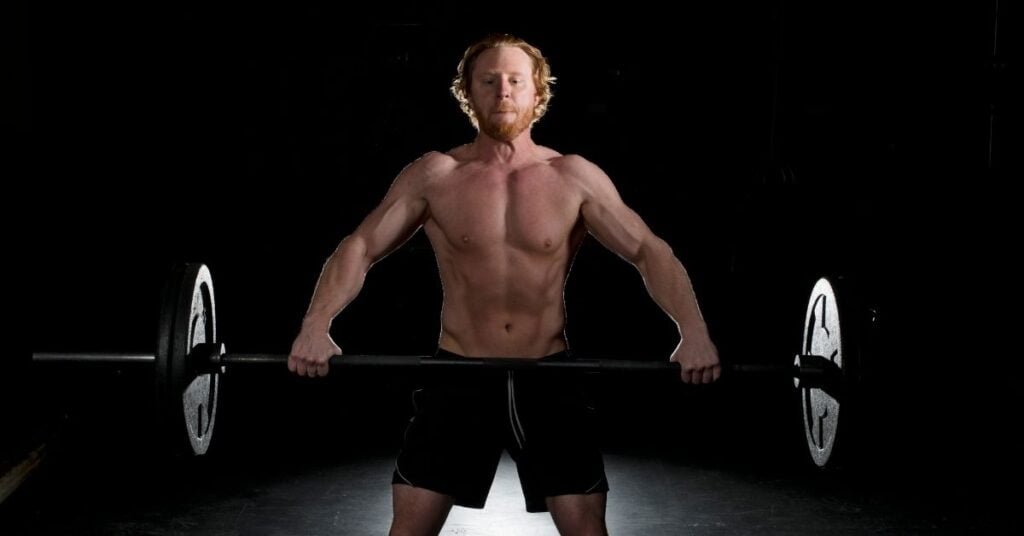
A hook grip is recommended for the greatest outcomes in weightlifting training.
The hook grip is a particular grip that requires practice and perseverance to achieve.
Make it a habit to do things on a regular basis.
Simply wrap your thumb around the barbell and overlap your fingers to establish a tight seal to perform the hook grip.
Coach’s Tip: The hook grip may seem awkward or painful at first, but it will soon become habitual, making it almost difficult for the barbell to slide out of your hands.
Step 3 – Hinge and Hang
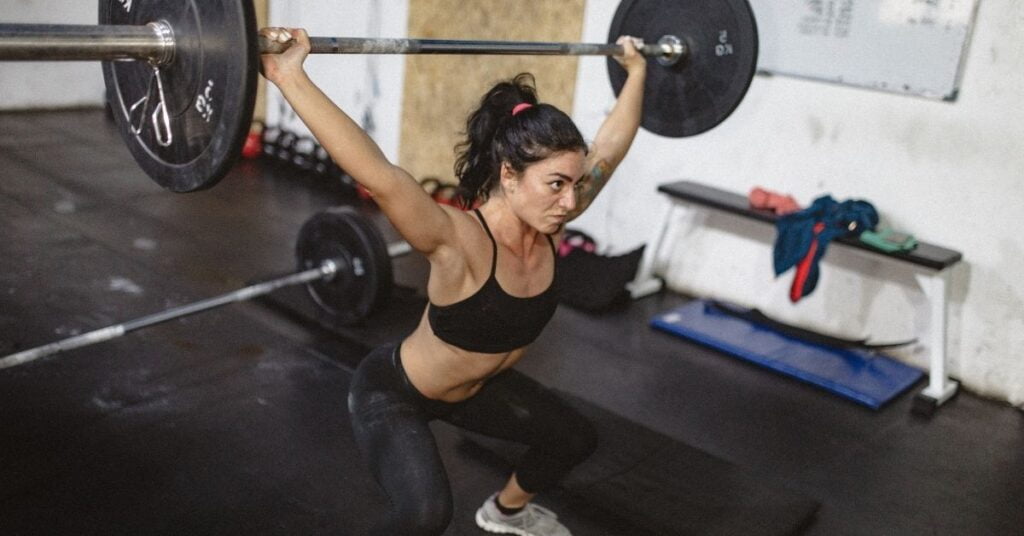
Push your hips back and let the barbell glide down your thighs to enter the hang. Knees should be slightly bent, with shins perpendicular to the floor.
When viewed from the side, keep your chest erect and your shoulders placed vertically over the barbell.
Coach’s Tip: If you feel yourself being pushed onto your toes, you must work hard to maintain your heels down while remaining over the bar and aggressively pulling the bar into you with your lats.
Step 4 — Make a Strong Pull
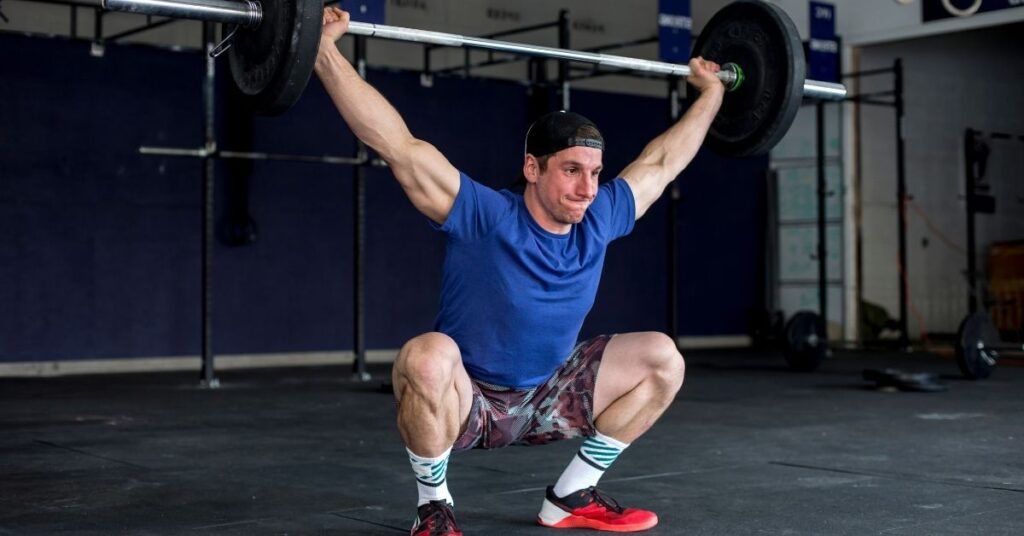
Once in the hang position, which can range from high on the thigh to barely off the ground, completely extend the chest and legs to transmit vertical power into the barbell.
As you stand up by driving your legs into the floor, keep your toes and heels down until the barbell touches your hip.
Avoid shifting your weight backwards or forwards, and keep your arms free.
Resist the urge to bend or pull with your arms before your legs have fully extended.
Coach’s Tip: The pull, in its most basic form, is forcibly pushing the lower body into the ground to produce vertical movement of the barbell. Allow your legs to perform the work and avoid overthinking particular mechanics.
Step 5 — Catch and Stand
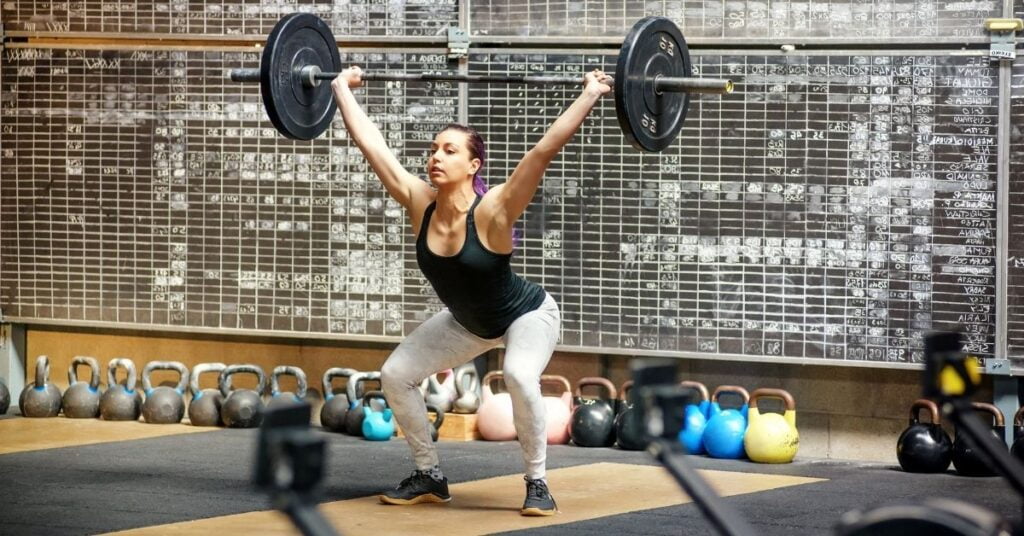
If you’ve done everything right, this stage should go quite smoothly.
Return to a standing position after receiving the barbell in an overhead squat position as deep as you can go.
After extension, it is common practice to elevate the feet and place them in a broader, more comfortable posture for the squat.
If you need to stabilize the load overhead before standing, don’t be afraid to sit down at the bottom of the squat.
Many lifters, lacking stability, will rush out of the receiving position and miss the lift. Pauses in the squat posture may be beneficial for improving overhead stability and strength.
Coach’s Tip: At this level, two popular cues are “reach” and “push,” both of which reinforce aggressively pushing upwards against the barbell to help in a sturdy and powerful squat recovery.
Which Muscles Hang Snatch Works
The hang snatch engages several muscle groups; however, rather than naming each individual muscle engaged, we can break down the major players so you know where your effort will be directed.
Quadriceps, Hamstrings, and Gluteus Maximus
The hang snatch efficiently trains the whole lower body.
The legs are utilized to raise the weight to the hips and to generate the distinctive body extension at the apex of the pull.
Your legs absorb the stress as you travel under the bar and accept the weight before to and during the overhead squat.
Triceps and Shoulders
Following the completion of your legs, your shoulder muscles will push the bar higher and provide a critical support structure for the weight above in the receiving phase.
The triceps work hard to keep the arm extended as you rise out of the squat.
Back
The upper back muscle works to maintain your spine during the pulling portion of the snatch, as well as to reinforce the shoulder girdle when you fixate the barbell in the overhead squat.
Scapular Stabilizers
To promote shoulder stability, the scapular stabilizers and posterior shoulder muscles — think rear deltoid and teres major/minor — collaborate. Increased scapular stability will also assist to reduce overuse of the elbows and wrists.
The Advantages of the Hang Snatch
While the hang snatch is a difficult maneuver to master, the rewards are various. Here are three reasons why you should start integrating hang snatches into your workout routine, whether you are a weightlifter, a CrossFit athlete, or a casual gymgoer.
Boost Power Production
The hang snatch may teach and improve traits such as increased rate of force output, hip extension force, and kinesthetic sense.
While you may build some of them through other motions, the hang snatch can provide you with a one-of-a-kind, all-in-one training option for making the most of your gym time.
Progression of the Snatch Technique
The hang snatch is a valuable technique for coaches to utilize when teaching lifters of all levels how to vault a barbell overhead with force.
The reduced range of motion allows for a greater emphasis on forceful hip extension, which is at the heart of all weightlifting movements.
Full Body Participation
Weightlifting is a total-body activity in and of itself; the legs, glutes, and lower back power the engine, while the upper back, shoulders, and arms give crucial support.
Even a “partial” exercise, like as the hang snatch, may engage the majority of your muscle at the same time, making it an excellent component of a total-body workout.
Who Should Carry Out the Hang Snatch?
The hang snatch is a high-intensity workout that can help with athletic performance, explosiveness, and competitive success.
While it may appear to be unreachable at first appearance, the hang snatch has a place in a variety of training routines.
Athletes of Strength and Power
The hang snatch is a classic Olympic weightlifting exercise that may be used to improve strength and timing in the competition lift.
Strongman and powerlifting competitors can also employ the hang snatch as a general explosiveness primer.
Athletes in Functional Fitness
Hang snatches are essential for snatch technique; consequently, fitness athletes must be able to do hang snatches not only with solid technique, but also under high levels of tiredness.
Athletes in Sports
While strength instructors disagree on which Olympic lift is ideal for athletic performance, most believe that a strong hip extension is the most crucial feature on the field or court.
The hang snatch allows traditional sport athletes to improve the quality most relevant to their main activity by removing the pull from the floor.
Gymgoers of All Skill Levels
The snatch may not be essential for general fitness to develop power, technique, and so on.
You don’t even have to go heavy – any version of hang snatch can aid to boost power output, promote muscular growth and adaptation, and improve overall performance over time.
How to Exercise Safely and Avoid Injuries
Consult your doctor before commencing an exercise program if you have a past or pre-existing health issue.
Proper exercise technique is critical for ensuring the safety and success of an exercise program, but you may need to alter each activity to achieve the best results for your specific needs.
Choose a weight that permits you to maintain complete control of your body during the exercise.
Pay great attention to your body when undertaking any workout, and stop immediately if you experience pain or discomfort.
Include adequate warm-ups, rest, and nutrition in your training regimen to see consistent development and increase body strength.
Your capacity to fully recuperate from your workouts will ultimately determine your outcomes.
Rest for 24 to 48 hours before working out the same muscle groups again to allow for adequate recuperation.
Alternatives to Hang Snatching
If you are unable or unable to practice hang snatches but want some of the same advantages to power output or athleticism, you can attempt some of the alternatives listed below.
It should be noted that if you are aiming to improve your attack snatch technique for weightlifting, these options may not be as beneficial as training direct snatch variants.
Hang Snatch with Dumbbells
The dumbbell snatch may be performed from the floor or from the hang and offers many of the same posterior chain strength and power benefits as the barbell hang snatch, but with a bit more flexibility. This can be useful for lifters who are unable to execute barbell snatches or who want to modify their mechanics to accommodate injury or pain.
The Kettlebell Snatch
The American and Russian kettlebell swings may both assist you in developing stronger posterior chain power production and explosiveness. without the need to raise a bar above in a ballistic manner or spend hours developing technique The kettlebell swing is an excellent approach for lifters of all levels to improve their fundamental agility and power production.



